Low-sodium and nutrient-rich foods are your best bets
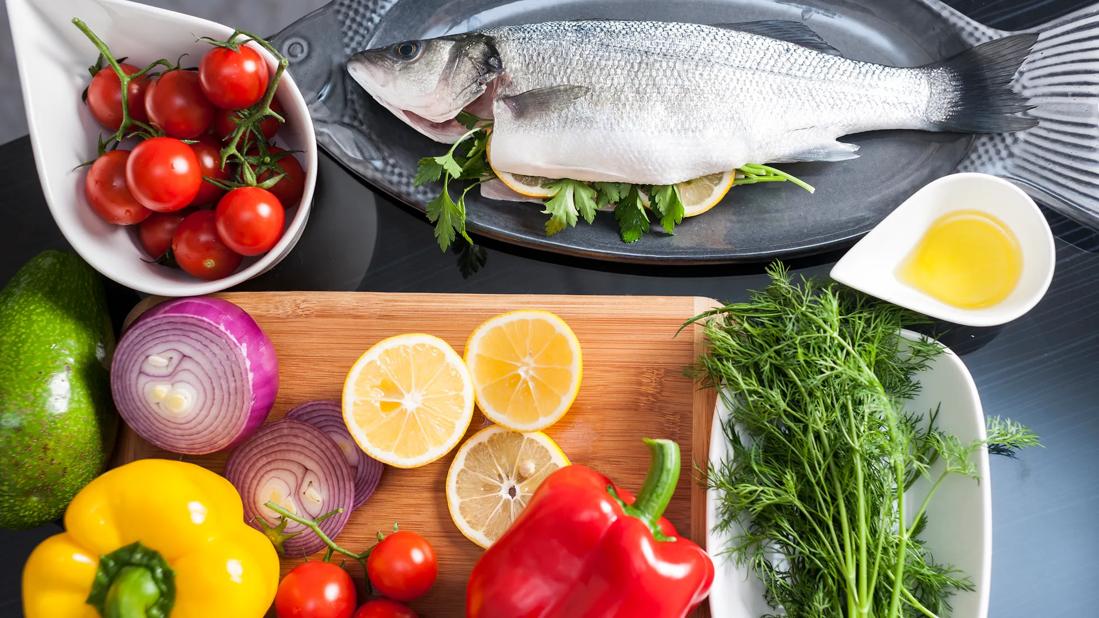
There’s a lot of advice out there about what we should and shouldn’t be eating. There are diets for heart health. Diets combatting inflammation. Diets for weight loss, for mindfulness, for carnivores (don’t try that one).
Cleveland Clinic is a non-profit academic medical center. Advertising on our site helps support our mission. We do not endorse non-Cleveland Clinic products or services. Policy
You get the point. A lot of people have a lot of ideas about what you should and shouldn’t put in your body. And a lot of it is good advice. But sometimes, it’s just too much to balance.
If you’re living with the kidney diseases IgA nephropathy (IgAN) or C3G, the advice can get especially complicated. That’s because kidney disease is often associated with other conditions, like heart disease and diabetes, which have their own set of potentially complicated dietary guidelines.
So, now you have to follow diet recommendations for kidney health, heart health and diabetes management? All while managing symptoms like a lack of appetite and weight loss?
What in the world are you going to eat?
Nephrologist Jonathan Taliercio, DO, helps simplify.
When you’re living with kidney disease, what you eat may become more restrictive with time. People with kidney failure or who are on dialysis benefit from the renal diet, which emphasizes low levels of sodium, phosphorus and potassium.
For others, Dr. Taliercio says such a restrictive diet isn’t needed and suggests instead following these two main goals.
“A lot of us can get caught up in really complicated diets and cutting out certain nutrients for one reason or another,” Dr. Taliercio says. “But if you can just focus on limiting your sodium intake and eating nutritious foods, that’s going to be good for your kidney function and your overall health.”
Now, of course, if you have diabetes, you’ll need to ensure you’re also eating to keep your sugar at an appropriate level, too. And other health conditions require adhering to certain eating patterns as well. So, make sure your provider understands the totality of the conditions you’re balancing to additionally understand any additional dietary guidance for your overall health.
Your kidney health and your blood pressure are intricately connected.
Your kidneys play an important role in regulating salt and water in your body. So, when you have IgA nephropathy, C3G or other kidney diseases, your kidneys become less able to filter out excess salt. That buildup of salt raises your blood pressure and can lead to swelling. High blood pressure (hypertension) puts you at risk for stroke, heart attack, eye damage, kidney failure and more. Some people with kidney disease have salt sensitivity, meaning they get higher blood pressure from salt ingestion than other people who eat the same amount of salt but without the condition.
And it’s a vicious cycle.
“Kidney disease puts you at risk for high blood pressure, but at the same time, having high blood pressure is damaging to your kidneys,” Dr. Taliercio says. “Hypertension puts pressure on your heart and all the blood vessels in your body. Since your kidneys are full of blood vessels, hypertension can exacerbate kidney disease and may lead to kidney failure. It’s all very connected.”
Dr. Taliercio recommends that people with IgA nephropathy and C3G keep their sodium intake low to lower their blood pressure and even reduce swelling, a common symptom of kidney disease.
The American Heart Association recommends an ideal limit of no more than 1,500 milligrams of sodium per day.
You can lower your sodium intake by using less salt (or no salt) when you’re cooking. And read nutrition labels to understand the sodium content of foods you buy.
You can start small, too.
“The typical American diet is very high in sodium. So, realistically, it’s hard to tell people to cut out all the salt. That’s a huge change for a lot of people,” he adds. “It’s reasonable and very attainable, though, to cut your sodium intake by a gram a day. Any reduction in salt is going to be helpful.”
Over time, you can reduce it some more. Gradual steps can make a difference without making you feel like you’re making a huge shift all at once.
Remember that foods don’t necessarily have to taste salty to contain high amounts of sodium. The U.S. Centers for Disease Control and Prevention says these 10 foods make up 40% of the sodium we consume each day, likely without realizing it:
Any healthy diet should emphasize eating whole foods over processed or packaged foods, and for good reason. Whole foods (ones that have just one ingredient) are foods in their most natural, nutrient-packed state.
Whole foods, or what some people like to call “real foods,” are all of your basics. Eating more whole foods and fewer pre-packaged ones is a boost for your body. Whole foods are things like:
Some of the best whole foods for your kidney health include red bell peppers, berries and fish.
When it comes to managing your diet when you’re living with kidney disease, Dr. Taliercio emphasizes that we’re all human and that strict adherence to a highly restrictive diet isn’t going to be sustainable for most of us. And when you’re living with IgA nephropathy or C3G, you know that your condition could be something you’ll live with for a while.
“Following a healthy diet is not about trying to achieve perfection, especially since I encourage a ‘cheat meal’ once a week,” Dr. Taliercio states. “It’s more about being consistent about making healthy eating choices. And it can help slow the progression of disease.”
Learn more about our editorial process.

A well-balanced diet with anti-inflammatory foods can help reduce flare-ups and severity of psoriasis symptoms
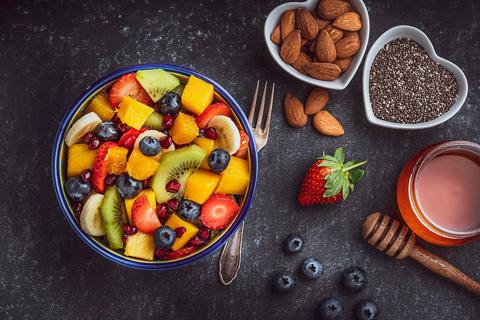
Stay hydrated, opt for fruits, veggies, whole grains and lean protein — and try to eat snacks and smaller meals throughout your day instead of larger portions
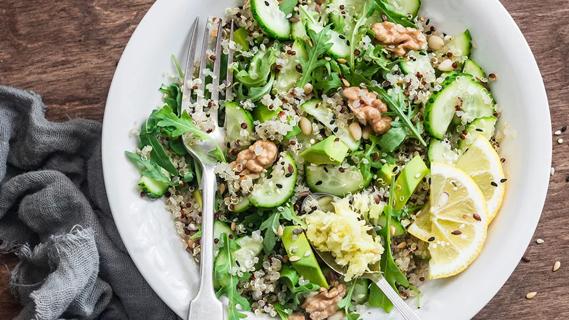
Ground flaxseed is full of heart-healthy omega-3s, antioxidants and fiber, and easy to add to just about any recipe
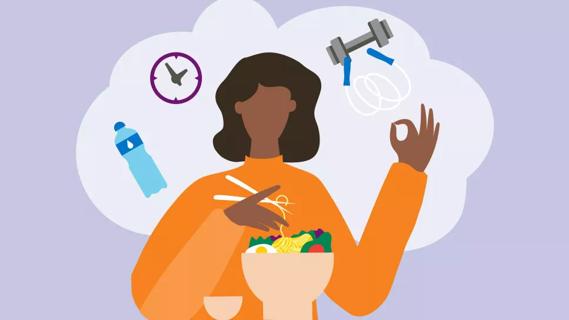
Actively choose healthy habits not only when it comes to food and nutrition, but also physical activity and your mental health

This strategy doesn’t boost metabolism, but it may help maintain weight loss

These breaks may have some benefits — but they promote an unhealthy attitude toward food
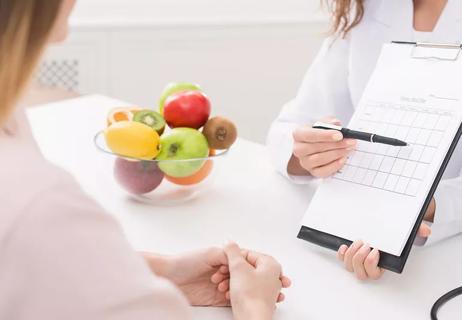
A low-FODMAP elimination diet can help identify your symptoms
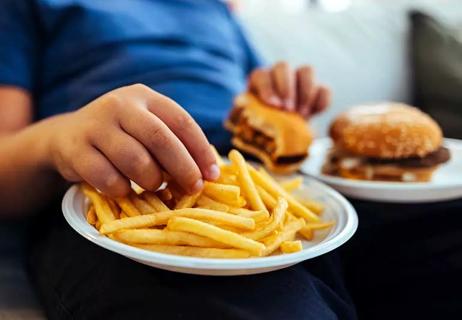
Being bored, not getting enough sleep and waiting too long to eat can all contribute

Your metabolism may torch 1,300 to 2,000 calories daily with no activity

A gentle touch in all the right places may help drain your sinuses